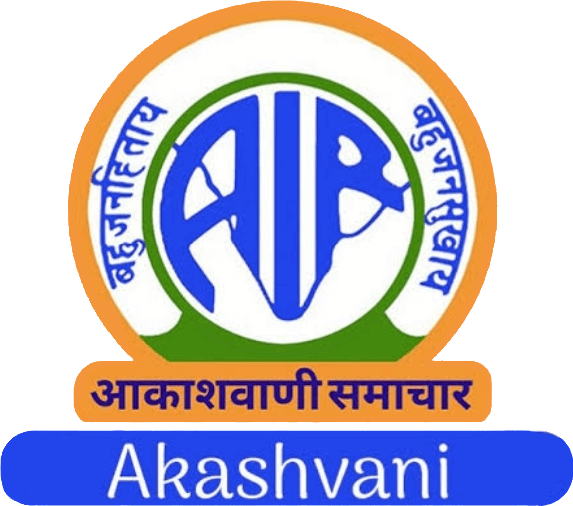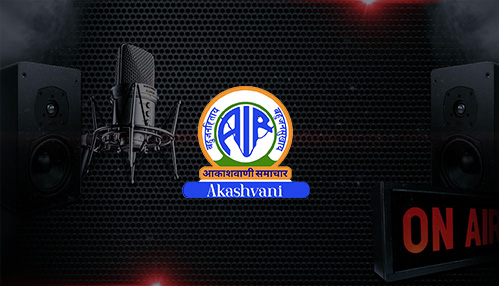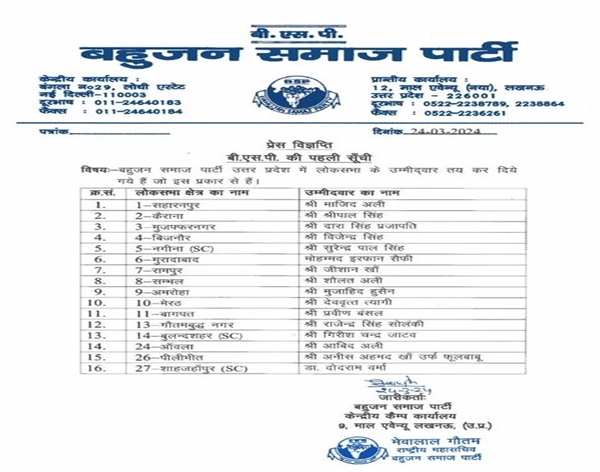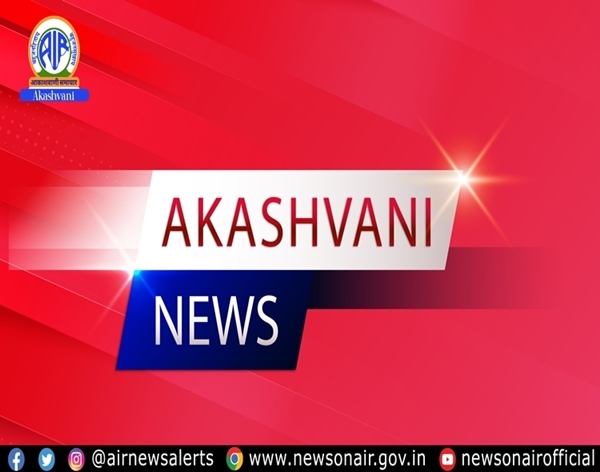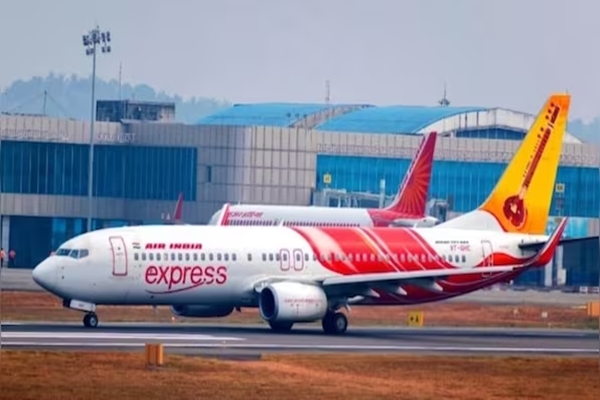India’s Prime Minister Narendra Modi’s visit to Sri Lanka from this week, marks a crucial moment in the evolving relationship between the two nations. The Indian leader has made three visits to the island nation, in 2015, 2017 and the most recent in 2019. The first two visits involved major bilateral exchanges while the visit in 2019 was a mark of solidarity in the aftermath of the Easter attacks. This current visit is being anticipated for quite some time and it now comes at a time when Sri Lanka has had a significant political transformation and seeks to leverage India’s burgeoning economic and technological prowess for mutual benefit.
Sri Lanka’s Political Shift and Implications for Bilateral Relations
In September last year, Sri Lanka voted for a radical change, giving a crucial mandate to President Anura Kumara Dissanayake. Belonging to a party which had had an anti India stance, President Dissanayake showed that his government was eager to work with India in a positive manner, when he made New Delhi, his first port of call. During his visit in December 2024, President Dissanayake and Prime Minister Modi discussed enhancing bilateral ties, focusing on energy cooperation, including plans to supply liquefied natural gas to Sri Lanka and connect the power grids of both countries. These discussions highlighted a mutual commitment to strengthening the partnership amidst Sri Lanka’s evolving political landscape. The Sri Lankan leader’s visit to India and his exchanges with Prime Minister Modi exemplified his pragmatic approach while realising that India is a crucial partner for the island, one who can be dependable in crises or otherwise.
India’s Emerging Role
India has gained considerable credibility as a voice of Global south. Holding the Presidency of G20, India had given voice to those, who were not represented at the forum, while also batting for presence of African union in the multilateral grouping. The 2022 economic crisis faced by Sri Lanka is a single incident that proves beyond doubt, India’s and its Prime Minister’s resolve towards ensuring a safe, secure and progressive neighbourhood. A 4.5 Billion USD assistance at the peak of the crisis was significantly higher than even the IMF’s Extended Fund Facility of 2.9 Billion USD that is spread out over a 48 month period.
During PM Modi’s earlier visits, several crucial projects were started. One such has been the 1990 ‘Suwaseriya’ emergency ambulance, which has saved lives of countless Sri Lankans. The housing projects have 50000 houses already handed over to the beneficiaries so far with another 10000 houses being constructed under the fourth phase currently. India’s development assistance through projects in all 25 districts, community projects and investments show that Prime Minister Modi means business when he talks of neighbourhood first. The developmental partnership of India with Sri Lanka has spanned over 5 billion USD showing that it is a reliable friend and a trusted partner.
India’s Ascendancy as a Global Economic Powerhouse
India’s rapid economic growth has positioned it as a dominant force in the global economy. With a diverse industrial base, a thriving services sector, and advancements in technology and innovation, India offers a model of economic resilience and expansion. Its emphasis on digital transformation, renewable energy, and healthcare has set benchmarks in sustainable development and inclusive growth. According to Morgan Stanley, India set to become the third largest economy by 2028, a date that is crucial for Sri Lanka as it starts its debt repayments. This growth of the world’s fastest growing major economy gives a major opportunity for Sri Lanka to capitalise as it can dovetail along enjoying the spillover from India.
Opportunities for Sri Lanka Amidst India’s Growth
Sri Lanka stands to gain significantly by aligning strategically with India’s economic trajectory. Enhanced trade relations can open new markets for Sri Lankan products, while Indian investments can bolster infrastructure and industrial development. The resumption of ferry services between Nagapattinam and Kankesanthurai in October 2023, resumption of flight services to Jaffna and enhanced flight services to Colombo exemplify efforts to improve connectivity, facilitating trade and tourism.
India as a Leader in Technology, Renewable Energy, and Healthcare
India’s leadership in technology is evident through initiatives like the Unified Payments Interface (UPI), which has revolutionized digital transactions. The extension of UPI services to Sri Lanka in February 2024 has enhanced financial connectivity, promoting seamless transactions between the two countries. Being a leader in Fintech and Digital Public Infrastructure, India has always maintained that these developmental experiences would be shared with partner nations.
In renewable energy, India’s expertise offers avenues for collaboration. The journey of India’s shift toward Renewable Energy has been remarkable for the last 10 years with a growth rate of 388%. It is crucial to note that India is currently the 4th largest solar energy market in terms of installed capacity globally and is constantly modifying its market design to reduce the costs. As a nation with tremendous potential for Renewable energy, it is in Sri Lanka’s interests to capitalise on India’s position in the sector.
Healthcare partnerships have also been instrumental. India’s support during Sri Lanka’s economic crisis in 2022, including the provision of essential medicines and the ‘Suwaseriya’ Emergency Ambulance Service, underscores the depth of cooperation in this sector.
What the visit adds to the bilateral relations
PM Modi’s visit brings out a potential to take the existing bilateral relationship to the next level. The Indian leader’s visit is poised to bring significant benefits to the island nation by strengthening economic cooperation, infrastructure development, and investment opportunities. A key highlight of the visit will be the signing of multiple Memorandums of Understanding (MoUs) covering areas such as energy, digital connectivity, and more. These agreements will reinforce Sri Lanka’s economic stability and open new avenues for collaboration. The inauguration of railway modernization projects, funded by Indian assistance, will improve transportation networks, boost trade logistics, and enhance regional connectivity. Additionally, the groundbreaking ceremony for the much-anticipated Sampur Power Plant, a joint India-Sri Lanka initiative, will mark a milestone in energy security, reducing Sri Lanka’s dependence on costly fuel imports.
Beyond infrastructure, Narendra Modi’s visit is expected to accelerate Indian Foreign Direct Investment (FDI) into Sri Lanka. Unlike China’s approach, which has often been criticised for burdening nations with unsustainable debt, India has consistently advocated for investments that promote sustainable development and economic resilience while creating job opportunities. Over the years, India has emerged as Sri Lanka’s largest trade partner, and this visit will further solidify its role as a key investor in sectors such as technology, manufacturing, and financial services. With India’s economy on an upward trajectory, Sri Lanka stands to benefit immensely by integrating into India’s growth story through joint ventures, increased exports, and deeper economic linkages. PM Modi’s visit reaffirms India’s stance that Sri Lanka does not need more debt but rather greater investment and trade-driven prosperity.
Prime Minister Modi’s upcoming visit brings collaborative opportunities in trade, investment, technology, and energy, which provide both nations a chance to navigate the complexities of the current geopolitical landscape, ensuring sustainable development and prosperity for their peoples.
By Dr. Ahmed Muyeen Farooqi
(The writer is Special Correspondent of Prasar Bharati in Colombo and an officer of Indian Information Service)





